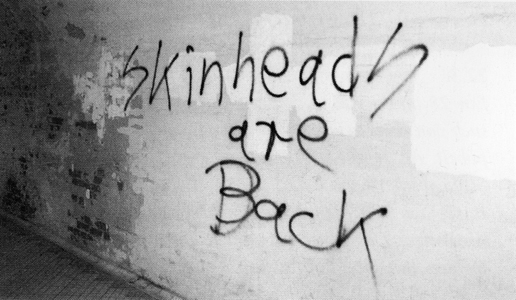The research Moving East and the project Keep it, green it, live in it was presented at the Rotterdam Academy of Architecture and Urban Design.
Moving East is an observation and documentation of the urban situation in shrinking cities at or near the Germany-Poland border. The research was done some months before the opening of the Poland border to the European Union in 2oo6.
The former GDR has shifted form the peripheral area between the socialism and capitalism after the fall of the wall in 1989 into the peripheral area of the capitalistic European Union. Of the big expectations that the capitalism would bring, hardly anything happened.
What is the situation now, almost 2o years after ‘die Wende’ and with the European Union moving further east? What are the problems within the shrinking cities at or near the Germany-Poland border and are there solutions already visible? Moving East is an observation of the situation in the cities and the first signs of change. This observation is documented by a combination of mapping, use of quotes out of interviews and novels and a photo report.
The presentation started with maps that illustrate the shifting of the social-cultural and the political-economical boarders since 19oo until 2oo6 in this area. The observation of the urban situation in the border cities of Gorltiz-Zgorzelec, Guben-Gubin, Frankfurt (Oder)-Slubice, just before the opening of the Poland border to the European Union in 2oo6, was shown by use of photos, maps and quotes out of interviews and novels. How these border cities deal with the (re)union has parallels with the unification of East- and West-Berlin.

The influence of the shifting boarders (social, cultural, economical and political) since 19oo until now in non-boarder cities in the area was also presented. The shifting boarders have a big influence on the identity of these cities. Dresden is weeding out the socialistic domination in the city centre and rebuilds hs historical centre. Cottbus wants to transform from industrial city to an international university city but has a low educated unemployed population with many social and racist problems. The design project ‘Keep it, Green it, Live in it!’ illustrates the task in the shrinking city of Merseburg.
As an example of social and cultural reunion, the effect of 2oo6 FIFA World Cup, which Germany hosted at the time of the research, was displayed. This one-month during event brought the former East- and West-Germany more together than 2o years of political effort. ‘The German flag was no longer a monopoly of the neo-Nazis but became again the symbol of the unified German people’.

